Consider the following RC delay circuit, meant to accept short input pulses without triggering, but to trigger on a continuous input:

simulate this circuit – Schematic created using CircuitLab
The goal is to power the "component of interest" (here, the coil of K1, but it could be anything) if the input sees +12V for longer than "about a second". The timing doesn't need to be precise. (And, yes, I'm aware that there ought to be a diode across K1's coil; I didn't want to clutter the circuit for what's essentially a stand-in.)
As shown, the simulator says this works. However, is this a reasonable choice for R and C? In theory, I can increase or decrease R as long as I change C by the opposite amount. Given that I don't need precise timing, is there any reason other than component cost why I should either a) stick with these values, b) use higher C and lower R, or c) use lower C and higher R?
Good answers should describe the benefits and drawbacks of all three options.